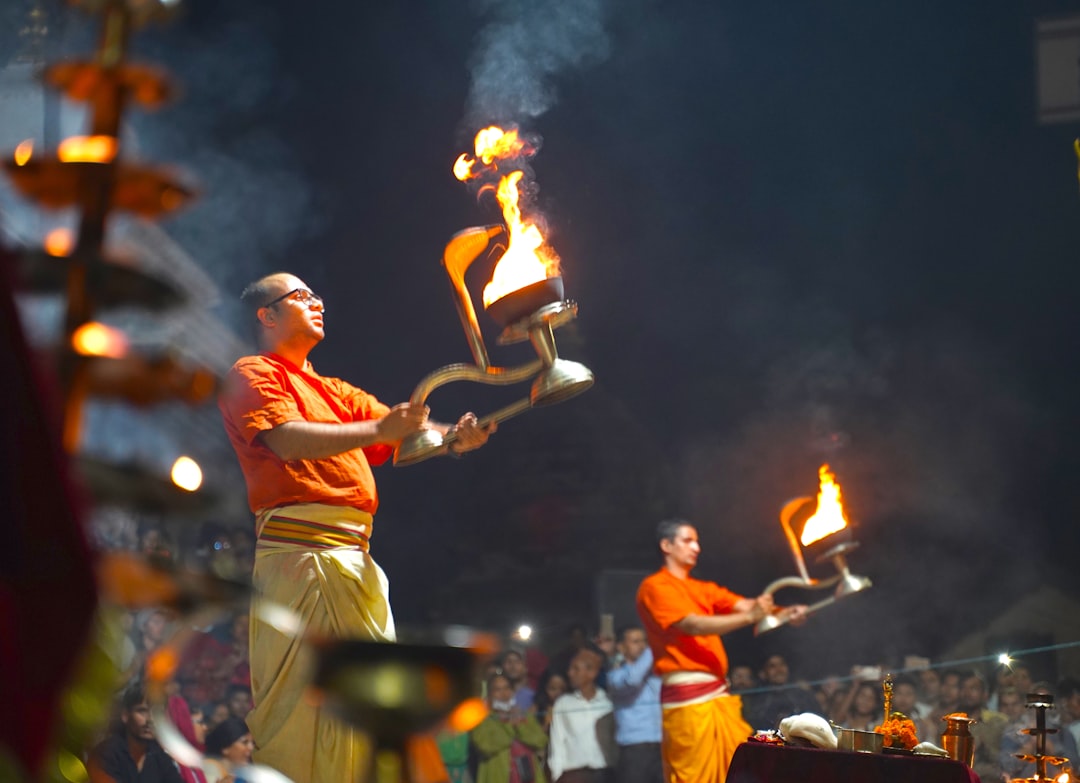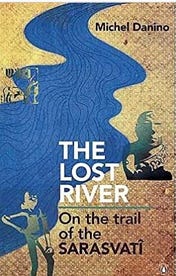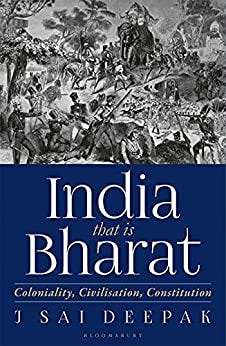
On a date that would one day be marked by future tragedy, history quietly marked its own significant encounter. On the vast expanse of the Indian Ocean, just near the bustling port of Surat, two vessels came perilously close. One was a majestic Mughal ship, her hull filled with treasures. This vessel had evaded many pirates lurking in these waters. The other was an English pirate ship, and its target was the Mughal galleon, which had eluded the snares of many pirates lurking in these waters. The Mughal ship was just a few days from home, but an encounter happened in the blink of an eye, pushing these ships into a historic confrontation.
First, a canon on the Mughal ship, instead of blasting the pirate ship, exploded on deck. Instead of being a formidable weapon, it becomes a formidable bomb. In that chaos, another significant event occurs. Defying all odds, a cannonball from the pirate ship scores a direct hit on the main mast of the Mughal ship. This renders the mighty vessel defenseless and vulnerable to the pirates of the Indian Ocean. Two hundred pirates erupt in jubilation.
This was a time when the English had not started looting India. They were in the nascent stages of establishing commercial roots and currying favor with Aurangzeb. By this time, Aurangzeb was busy with looting and religious purification. By then, the Ram Mandir at Ayodhya had been demolished. Within this backdrop, the tale unfolds—a narrative entwined with the exploits of pirates and the looming presence of Aurangzeb, poised to cast its shadow upon the destiny of the burgeoning East India Company. This could have ended the East India Company adventures even before they started.
The Chase

Aurangzeb’s ship, the Ganj-i-Sawai, was a hefty wooden vessel known as a ghanjah dhow, cruising the waters of the vast Indian Ocean. Weighing in at over 1500 tonnes, it could carry more than a thousand people. Ganj-i-Sawai meant “exceeding treasure,” while the English gave it the moniker Gunsway.
Designed for a specific mission—to transport Aurangzeb’s family members to Mecca for the hajj—the Gunsway was loaded with valuable goods like calico, fine porcelain, ivory ornaments, and peppercorns. Think of it like Jeff Bezos’ yacht rolling into the harbor in today’s terms. The ship was armed with eighty guns and had a crew of four hundred soldiers, highlighting its dual role of imperial grandeur and practical defense of precious cargo during its voyages.
Onboard the Ganj-i-Sawai, alongside the distinguished women from Aurangzeb’s court, were other female passengers. However, a darker aspect tainted the ship’s voyage, as the captain engaged in a side business—sex trafficking of Turkish women. In stark contrast, the pirate ship sailed without women, shedding light on the stark differences in the moral compass between these maritime ventures.
The other ship was commanded by Henry Every, also known as “Long Ben,” a notorious English pirate who operated during the late 17th century. Every gained infamy for orchestrating one of history’s most audacious and profitable pirate raids. In 1694, he led a mutiny aboard the slave ship Charles II, renaming it the Fancy, and embarked on a spree of piracy in the Indian Ocean.
Back in the 1600s, getting rich was exclusive. You had to luck out and be born into a royal dynasty ( Mughal, British Royal Family) or take the pirate route (Francis Drake, Walter Raleigh). If you were a peasant, getting rich was a distant dream—until joint stock companies entered the scene. Suddenly, you didn’t have to be Captain Jack Sparrow or William III. Between 1660 and 1680, the British East India Company’s stock value shot up fourfold, giving birth to a new class of wealthy folks.
In those days, the Mughal ship laden with treasures was quite the talk of the “pirate internet.” It wasn’t just Every’s pirate ship on the hunt; a couple of American vessels were also waiting for this grand prize. Fate took a twist when all these pirate ships coincidentally converged on a tiny island in the Red Sea. Strangely unanimous, they elected Every as their captain, and that marked the commencement of an extraordinary chase. The fleet, now under Every’s command, set its sights on Aurangzeb’s ships, initiating a high-stakes pursuit on the vast expanse of the Red Sea.
In due course, the pirates closed in on the Gunsway, finally incapacitating it. Remarkably, this small crew managed to cripple a ship three times its size. The Gunsway’s hold contained a wealth of treasures—gold, silver, frankincense, myrrh, jewels, ivory, and saffron—an impressive haul, marking one of the most lucrative heists of its time.
However, the aftermath took a dark turn. In the days that followed, the pirates subjected the women on the ship to a multi-day ordeal of rape, and the men endured torture. As time passed, the weight of those inhumane actions lingered heavily on the conscience of one pirate. Confessing on his deathbed, he revealed how the haunting memories of the mistreatment of both men and women continued to affect his soul.
Surat

Decades before this event, Aurangzeb’s representatives disliked the English factory in Surat. The contentious issues at the Surat site led the East India Company to seek an alternative location, choosing one 200 miles south of Surat. These islands were initially under Portuguese occupation, but they eventually decided to sell them to the British as part of a dowry deal. The transfer occurred after Catherine of Braganza married Charles II in 1661. Subsequently, the British opted to lease these islands to the East India Company. Referred to as Bombaim by the Portuguese, the East India Company established itself on these islands, now known as Bombay.
Upon settling in Bombay, the company established a new mint, a venture entrusted to the capable hands of the well-connected 19-year-old Samuel Annesley. The kid found that the coins minted had no use outside Bombay. But before he could address those issues, he was sent to Surat to help with the factory there. The English had several warehouses and residence halls overlooking the Tapti River. Since it was a hub of the Indian Ocean trade network, it was a wealthy place. Soon, Annesley became part of the trading community and knew all the secrets of the place. He was like Abraham bin Yiju, the Jewish trader who had settled in Mangalore centuries before. But by the time of Every’s attack on Ganj-i-Sawai, Annesley was thirty-seven years old, with many decades of wisdom in dealing with the Mughals and other traders.
Upon learning of the pirate attack at Surat, the locals suspected that the English had more on their agenda than just trade—they might be supplementing their income through piracy. To the Indians, English merchants and pirates seemed indistinguishable; they were all tarred with the same brush. The traders attempting to establish businesses found themselves under scrutiny and suspicion.
The news of the piracy incident spread like wildfire, drawing an angry crowd to the East India factory in Surat, seeking retribution. In response, Mughal troops intervened, placing Annesly and other members of the East India Company under protective custody and house arrest. The enraged crowd, however, clamored for execution, accusing the English of complicity in the crime.
As tensions simmered, the Mughals crunched the numbers. They realized starkly that the English weren’t making significant profits through trade alone. The suspicion that piracy might be a necessary means to balance the books fueled the locals’ discontent, adding complexity to the strained relations between the East India Company and the Mughal authorities.
Aurangzeb grew weary of the English presence and ordered his men to seize the Surat factory while preparing for an assault on Bombay. He was determined to expel them from India, setting the stage for a triangular battle involving three distinct entities: Aurangzeb’s Empire, the East India Company as a private corporation, and the pirates. The unfolding conflict encapsulated the complex dynamics among these forces vying for control in the Indian subcontinent.

Adding to its concerns, the East India Company (EIC) confronted yet another existential threat. Its primary business wasn’t in spices but in Calico. This fabric gained immense popularity and even started replacing traditional English wool. The rising discontent against Calico prompted Britain’s “Make England’s Wool Great Again” movement.
The movement gained momentum, leading the House of Commons to pass a bill to ban the import of Calico. The looming question now hinged on the decision of the House of Lords. If they, too, passed the bill, the East India Company would find itself in significant jeopardy, navigating troubled waters in a struggle to maintain its economic foothold.
Amidst the East India Company (EIC) personnel under house arrest in Surat, urgent letters were dispatched to the company’s London office. The message was crystal clear – the company faced imminent peril if Captain Every wasn’t apprehended. Aurgangzeb’s retaliatory actions loomed, and the prospect of any silver lining appeared dim. Faced with this precarious situation, the East India Company implored the government to intervene and respond.
In response, the government took decisive action by offering a reward for the capture of the pirates. The stakes were high, and the race to bring Captain Every to justice became paramount for both the East India Company and the authorities.
While the British Government, East India Company personnel, and various bounty hunters scoured the seas for Captain Every and his crew, Samuel Annesley was still confined in Surat. Undeterred, he pondered the situation extensively, allowing his thoughts to percolate.
Following this incident, the British found themselves at a crossroads, faced with a crucial decision. They had to choose between two avenues of wealth: making money through piracy or engaging in trade. Notably, the flow of money through trade had yet to materialize fully, given that the establishment of the first factory had just taken not too far back. Concurrently, British monarchy-sanctioned pirates, officially known as privateers, were actively plundering Spanish ships and contributing funds to the crown. This pivotal moment marked a juncture where the British had to determine how their economic interests would be pursued.
This decision didn’t rest on the shoulders of the English Monarch; instead, it landed squarely on Samuel Annesley.
In a moment of insight, Annesley conceived a strategic idea that would prove pivotal in safeguarding the fate of the East India Company (EIC). Recognizing Aurangzeb’s desire for EIC to provide security for Mughal ships as a guarantee, Annesley saw an opportunity to extend the company’s influence beyond land, asserting power over the seas. He proposed that the EIC could offer protection not only to Aurangzeb’s ships but also to those of other merchants. In exchange for this safeguard, the company could levy charges on Aurangzeb, transforming itself into a maritime law enforcement authority.
This innovative approach would empower the EIC to regulate behavior at sea, ensuring both justice and order. By protecting private rights on the ocean, the East India Company could carve out a distinct and influential position in the unfolding dynamics of maritime security.
Possibilities
Thus, what might have been a decisive and potentially terminal moment for the East India Company was averted by Samuel Annesly’s strategic insight. Had he not proposed providing maritime security and seizing the opportunity presented by Aurangzeb’s request, the company faced the imminent risk of expulsion from India. Coupled with the protectionist movement favoring wool, this could have precipitated a severe crisis.
In this alternate scenario, the potential outcome is shrouded in uncertainty. Aurangzeb might have expelled the company from Surat and Bombay, leaving the East India Company in limbo. Speculation abounds regarding the company’s potential return, and its subsequent growth trajectory remains an open question. The intricate interplay of historical forces could have altered the course of the East India Company’s history, influencing its size, influence, and the timing of its presence in the Indian subcontinent.
Reference
- Enemy of All Mankind by Steven Johnson The events mentioned above are adapted from this book, which contains a lot more details of the world of those times including what happened to Pirate Every. Highly recommended.




















